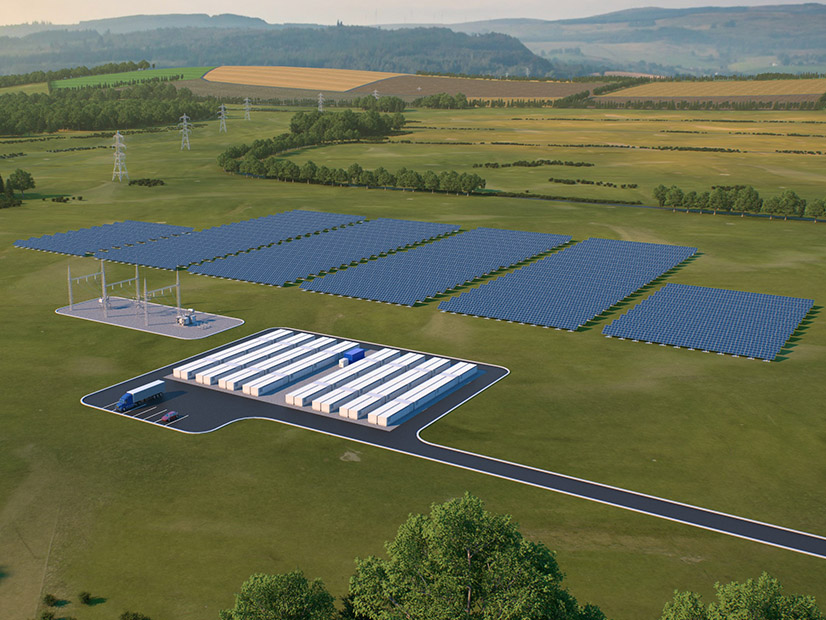
The California Energy Commission has awarded $30 million to Form Energy to build a 5-MW, 100-hour long-duration energy storage system in Mendocino County — the state’s largest LDES project yet. And in another first for the state, the project will deploy iron-air battery technology, which is described as “reversible rusting.”
CEC Chair David Hochschild said that although California is the largest and fastest-growing energy storage market in the world, most storage built so far has been four-hour, lithium-ion battery systems.
“A multiday battery system is transformational for California’s energy mix,” Hochschild said in a statement. “This project will enhance our ability to harness excess renewables during nonpeak hours for use during peak demand, especially as we work toward a goal of 100% clean electricity.”
The commission voted to approve the grant to Form Energy during its Dec. 13 business meeting.
Form Energy will develop and operate the demonstration project, collecting data that utilities may use in future deployments. Pacific Gas & Electric will provide land and a substation interconnection. The project is expected to be online by the end of 2025.
The project will be funded through the CEC’s Long Duration Energy Storage program, a $330 million fund aimed at spurring the development of nonlithium-ion energy storage technologies.
California is expected to need 4 GW of LDES to meet the goal of 100% clean electricity by 2045. But reliance on lithium-ion technology could impede the state’s ability to meet its clean energy goals, the CEC said during a workshop in June.
During the Dec. 13 meeting, CEC mechanical engineer Yahui Yang said that as California gains renewable energy resources, the amount of curtailment has been increasing, to as much as 2.4 TWh of solar and wind last year.
“Energy storage, particularly long-duration energy storage, can mitigate this issue and further reduce the cost of renewable energy,” he said.
Yang described the battery chemistry in Form Energy’s system as “very safe,” saying there’s no pathway for thermal runaway. And the cost of iron-air systems could be as low as $20 per kWh, compared to $200 per kWh for a lithium-ion battery.
Form Energy’s LDES project will use reversible rusting, in which iron that is exposed to oxygen rusts, releasing electrons that can be sent to the grid, according to Form Energy’s website. When there is excess power, electrons can be sent back into the battery to reverse the rusting. Oxygen is released in the process.
Form Energy also has pilot and demonstration projects underway in Minnesota, Colorado, Virginia, New York and Georgia, with projected in-service dates of 2024 to 2026. (See Form Energy Wants to Bring Long-duration Storage to New England.) The Somerville, Mass.-based company has an engineering facility in Berkeley, Calif.
Jason Houck, senior manager for policy strategy at Form Energy, said the California project would support the local grid in a transmission-constrained area with wildfire risks.
The project “will operate every day of the year to balance the hourly, multiday and seasonal variability of renewable energy resources,” Houck told the commission.
“By making the best use of our renewable energy supply and our transmission and distribution systems, we’ll lower the overall costs of the electric system and the land use impacts of achieving our clean energy goals,” he said.


